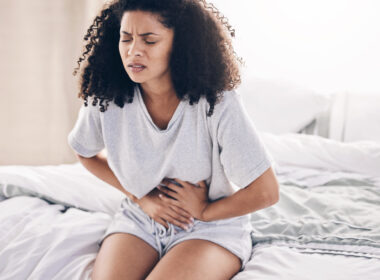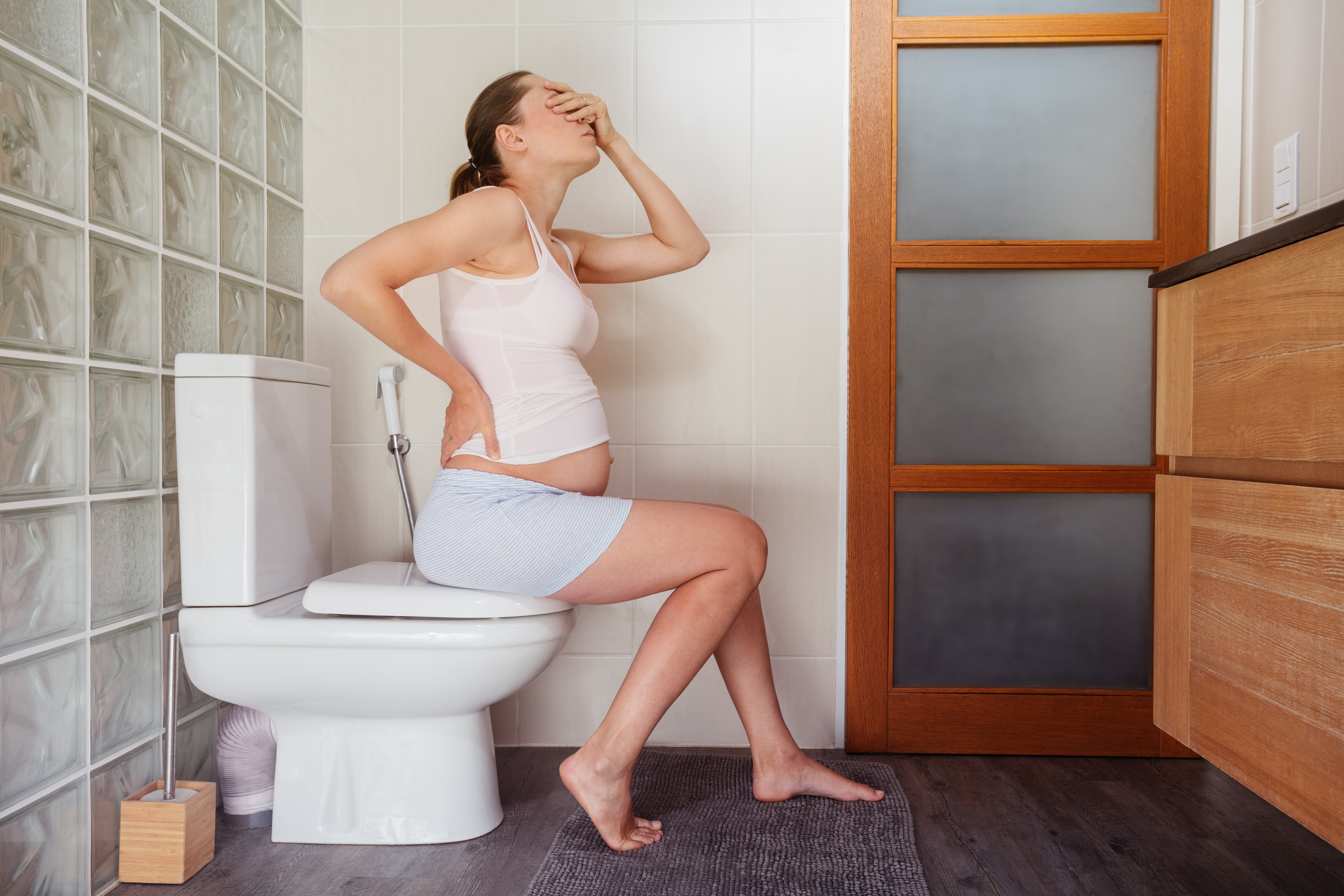How much do you know about your ovaries? If you’re like the average woman, chances are that the answer to that question is “not much.”
Google search predictive text for “ovaries” brings up “ovaries location,” “ovaries hurt,” “ovaries function,” and “ovaries definition.”
When it comes to the ovaries’ cyclical main event—ovulation—commonly searched terms include “ovulation time,” “ovulation calculator,” “ovulation test,” and “ovulation discharge.”
On a practical level, do you know why you should care about your ovaries and ovulation even if you’re not looking to conceive or conducting a deep dive into infertility?
What are the ovaries, and what do they do?
Your ovaries are thumb-size and shaped like ovals or almonds. They’re located at the top on both sides of your uterus near the opening of each fallopian tube. While you were still growing inside your mother’s body, your tiny ovaries were producing millions of eggs. Throughout childhood, your ovaries’ main function was to store those eggs, which decreased over time until around 300,000 were present when you reached adolescence. When you were likely between 9 and 13 years old, your pituitary gland in your brain told your ovaries to also begin making the sex hormones estrogen and progesterone that initiated puberty, the process of sexual maturation.
If all is working as it should, during each cycle since puberty your pituitary gland in your brain releases two hormones—follicle-stimulating hormone (FSH) and luteinizing hormone (LH)—that tell your ovaries what to do. FSH causes 15 to 20 eggs within the ovaries to grow, according to the Cleveland Clinic.
Each egg grows within a protective ovarian tissue shell called a follicle. Since every egg can’t be top dog, ultimately only one egg is selected to mature. The egg inside the maturing follicle releases increasing amounts of estrogen as the days of your cycle go by. Estrogen tells the cervical crypts in your cervix to produce cervical mucus, which fertility awareness method users can observe at the opening of the vagina. The presence of egg white cervical mucus is a direct indicator of impending ovulation and is therefore a sign that you are in your fertile window.
When the estrogen level reaches a certain point, the pituitary gland stimulates an influx of luteinizing hormone (LH) that tells the mature follicle to rupture. The ruptured follicle in turn releases the mature egg into a fallopian tube, where it awaits possible fertilization if sperm are present.
Understanding Ovulation
This process of release of the mature egg is called ovulation, and ovulation, rather than menstruation, truly is the “main event” of your cycle. The hormonal shifts in the first half (roughly) of your cycle all lead up to ovulation. After ovulation, the ovarian tissue that made up the follicle is now called the corpus luteum, and it produces both estrogen and progesterone. The progesterone is particularly vital if fertilization occurs, as it tells the uterine tissue to build up so that a newly created embryo can successfully implant in the thickened uterine wall.
What’s the big deal with ovulation?
Ovulation and Pregnancy
Successful ovulation, or release of the mature egg into the fallopian tube, is one of three key components for conception. The other two components are sperm, which can live up to 5 days in the vagina after intercourse, and cervical mucus, which filters out poor quality sperm and guides the fittest sperm up, up, up to the fallopian tube for fertilization.
Ovulation and Infertility
Given the importance of ovulation in the conception process, it makes sense that ovulation disorders, whether they lead to absent ovulation (anovulation) or defective ovulation, are the number one cause of female infertility. Of note, infertility is always downstream of another problem, an indicator that something else is wrong, and therefore is not a primary diagnosis.
The most common ovulation disorder causing infertility is polycystic ovarian syndrome (PCOS), which we’ve covered at length here, here, and here. Imbalances in or insufficient production of one or both of the sex hormones, estrogen and progesterone, are also common reasons that many women don’t ovulate normally.
Medical professionals trained in NaProTechnology can identify these imbalances through Restorative Reproductive Medicine and treat them with targeted hormonal supplementation. Ovulation disorders may also result from underactive or overactive thyroid function, or, rarely, from too high levels of prolactin known as hyperprolactinemia. Occasionally, infertility is the result of premature ovarian failure, also known as early menopause.
What are the symptoms of an ovulation disorder?
You might have an ovulation disorder if you don’t have periods at all, if you experience long cycles (longer than 38 days from one cycle to the next), irregular cycles, premenstrual syndrome (PMS), abnormal bleeding (spotting or bleeding when you’re not on your period), or infertility.
You should also know that you can have regular cycles and still have an ovulation disorder. The best way to know whether you have an ovulation disorder is to learn a fertility awareness method of cycle charting from a trained instructor. A trained instructor can identify the characteristic patterns consistent with various ovulation disorders and refer you to a healthcare professional for further workup.
Why should you care about ovulation even if you’re not trying to conceive? Or, why is ovulation considered the fifth vital sign?
Maybe you’re 20, in college, and childbearing is nowhere on your horizon. Or maybe you’re 45 and your childbearing days are in your rearview mirror. The reason you—even you—should learn a fertility awareness method to ensure that you’re ovulating normally is because ovulation is an indicator of overall wellness in the body, so much so that it’s been called the fifth vital sign.
Ovulation isn’t simply a monthly event happening in and only affecting your reproductive system; it has direct, significant implications for your brain, heart, immune, and bone health.
How can you confirm ovulation?
The most accurate way to confirm ovulation is through a serum progesterone blood draw at your doctor’s office. Outside the doctor’s office, at-home ovulation confirmation kits, like the Proov strips we’ve highlighted previously, check the urine for a progesterone metabolite called PdG (pregnanediol-3-glucuronide).
One small 2019 study of Proov strips’ effectiveness found that they successfully confirmed ovulation more than 8 out of 10 times. Of note, ovulation confirmation strips do not predict ovulation and are not the same thing as ovulation predictor kits. Additionally, women trained in a symptothermal method like the Couple to Couple League will see a shift in their basal body temperature readings after ovulation has occurred.
How can you optimize ovulation?
Natural Womanhood previously explored natural ways to optimize your hormone levels such as through nutritional supplementation and reduction of exposure to certain toxins. Additionally, seed cycling for hormone health and following an anti-inflammatory diet have also shown some promise for optimizing ovulation.
Are ovulation tracker apps reliable and trustworthy when it comes to storing personal health data?
Options abound when it comes to fertility tracking apps these days, but as we explored previously, the key is to distinguish between apps that just track your period and those that track both your bleeding pattern and your signs of ovulation.
To reiterate guidance from one of our previous articles:
“To make sure your fertility cycle tracker app is compatible with an evidence-based fertility awareness method or method of natural family planning, make sure it:
- Tracks ovulation, not just bleeding
- Uses, at minimum, cervical fluid observations along with bleeding. Additional biomarkers can be helpful like basal body temperature and LH testing.
- Doesn’t have any predictive features, or if it does, those predictive features can be overridden by real time observations.
- Allows YOU to tell the app when you’re fertile, not the other way around!”
If you’re wondering about the potential privacy pitfalls of sharing your personal health information (PHI) with a fertility tracking app, check out this article.
What impact does hormonal birth control have on ovulation?
Hormonal contraceptives work by suppressing ovulation and the normal production of estrogen and progesterone. But since ovulation has systemic effects throughout the body, as mentioned above, the lack of ovulation induced by hormonal birth control doesn’t just impact the reproductive system. This can lead to weight gain, negative mental health effects, nutritional deficiencies, migraines, blood clots, gallbladder disease, increased breast cancer risk, and may have a connection to multiple sclerosis, autoimmune disease, and increased risk of HIV, among other things.
In other words, hormonal contraceptives have extensive negative effects on the entire body. Rather than put yourself at risk for a myriad of secondary health issues by taking hormonal birth control, why not learn a fertility awareness method?
By learning a FAM, you will be learning about and listening to your body. You’ll also be giving yourself the opportunity to discover root causes of health issues you might be experiencing, rather than covering the symptoms up with a harmful band aid of hormonal contraceptives. Learning a FAM will ultimately grant you peace of mind—which is invaluable.
Additional Reading
The Importance of Monitoring Ovulation Health—Even When You’re Not Trying to Get Pregnant
Five Ways to Naturally Induce Ovulation and Regulate Your Cycle
10 Reasons to Consider Getting off Birth Control and Starting Fertility Awareness Instead







